Many individuals, students and adults alike, use spring break to break up a daily routine that has become monotonous over several months. We want to introduce freshness and revitalize ourselves.
So what’s the point of staying at home?
As we finalize our spring break plans, many of us are debating between a traditional traveling vacation and one where we stay at home, often called a “staycation.” Staycations have grown in popularity as a relaxing, stress-free break from a hectic workplace. They require little planning, little effort and allow us to stay in contact with close friends. For people who normally have a hectic, fast-paced schedule, staycations promise a simple alternative to vacations.
However, there is little a staycation offers that is better than a usual weekend. Watching the hottest TV show, scrolling through social media and meeting up with friends are all worthwhile activities to achieve a mental reset. But these pastimes simply return us to the status quo after a period of hard work. We exit these vacations feeling rested, but not rejuvenated.
On the other hand, traveling for vacations gives us the chance to exceed that status quo, leaving us more fulfilled and happy. Breaks are opportunities to do special things when we have few external obligations. As a result, traveling is an excellent choice because it allows us to be immersed in new environments, do new things and be awed at the world around us.
The last characteristic of traveling is particularly important. Being blown away by traveling improves our motivation, empathy and lowers our egocentrism. Although there are many potential headaches associated with travel, such as scheduling, following up on that schedule and the actual waiting during transit, these negatives ultimately pale in comparison to what a good trip is: a possibility to create lasting, positive memories. Especially for teenagers who are growing up and learning more about ourselves, others and the world, traveling is a powerful way to achieve those goals.
In addition, a staycation does not offer the disconnect from work/school life many of us crave. We are still in the same places and often around the same people. Instead of liberating us from a routine, a staycation often develops an unspoken schedule itself. I can’t account how many times my staycations have devolved into waking up at noon, and then just distracting myself until it’s time to go to bed again. Staycations do not encourage us to try something new when just sitting around the house is so much easier.
In contrast, traveling forces us to adapt. We want to try this food, go to this monument or shop at this store. There’s some sort of goal to it. Although going on a trip can be described with many words, boring is not one of them.
Another common critique of vacations is cost. While a plane ticket, hotel fees and food costs can quickly add up, they don’t have to, as long as the proper planning is done. National parks, volunteering trips and road trips are all exciting forms of vacations which can be significantly more affordable than a cruise or an exotic resort. These cheaper trips aren’t necessarily less relaxing or entertaining than expensive ones, and they often provide a more self-driven type of vacation that contrasts with the uncompromising structure one might face in their daily life.
Although some prefer a low-effort break, a vacation filled with travel has many benefits. In general, vacations leave us more fulfilled, better break up strict routines and are worth the money. Staycations have merit, but they should not be consistently favored over vacations.
The views in this column do not necessarily reflect the views of the HiLite staff. Reach Anthony Pho at apho@hilite.org.










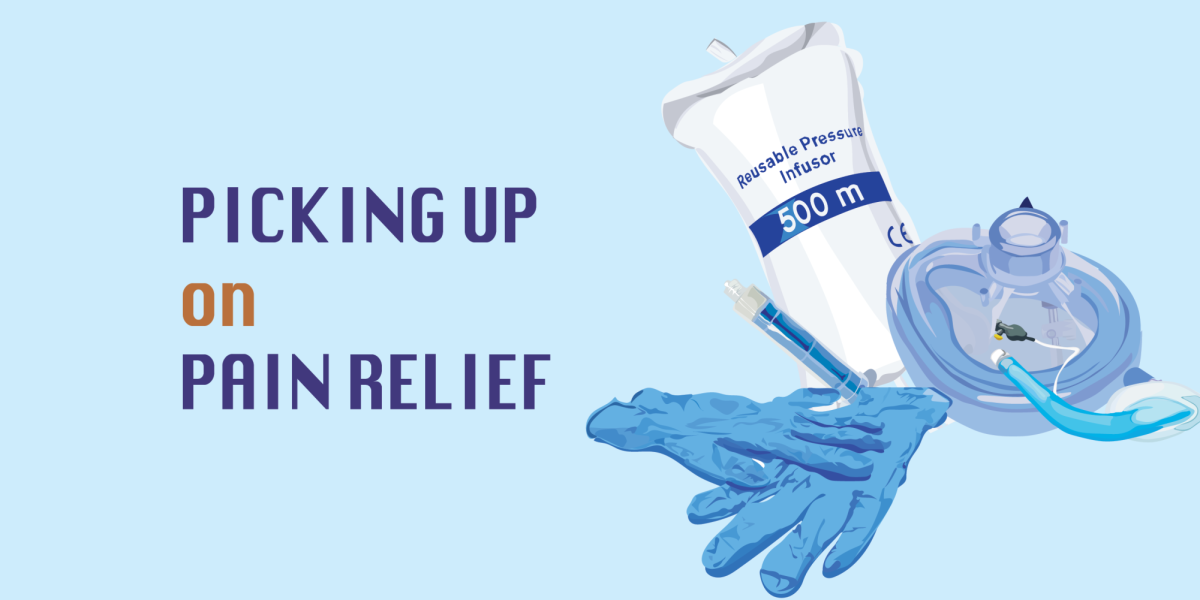





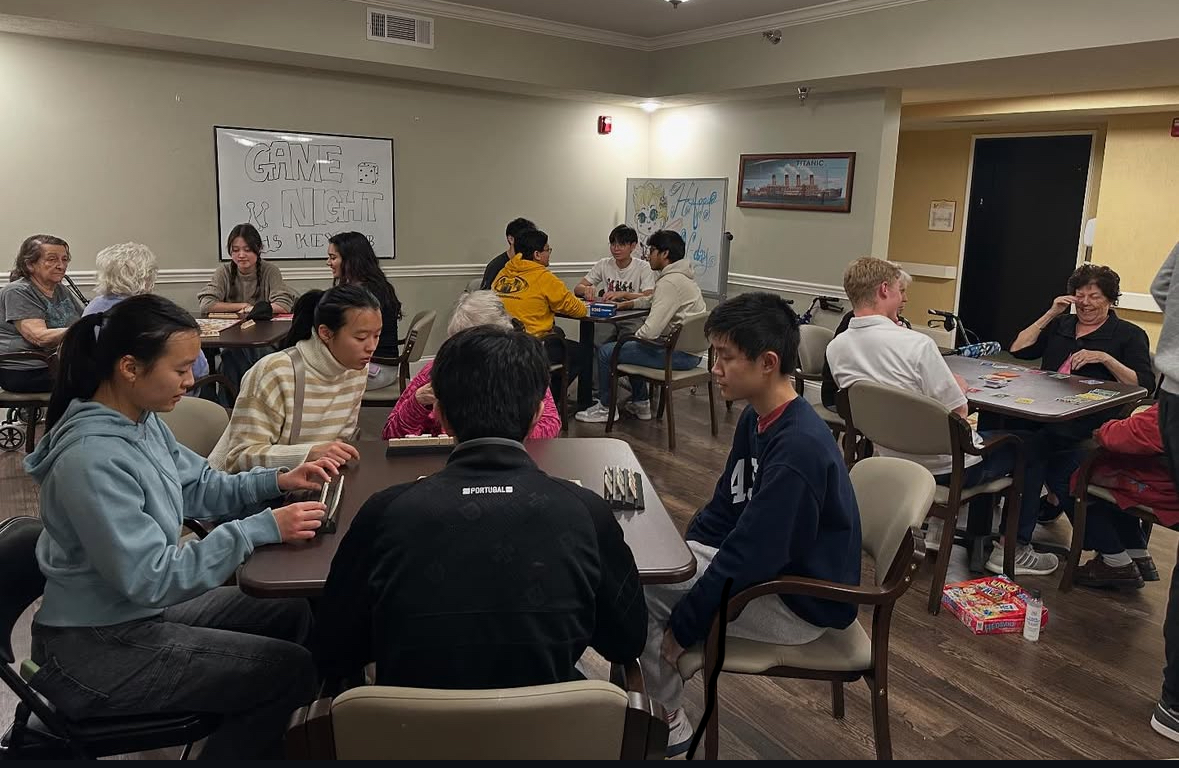





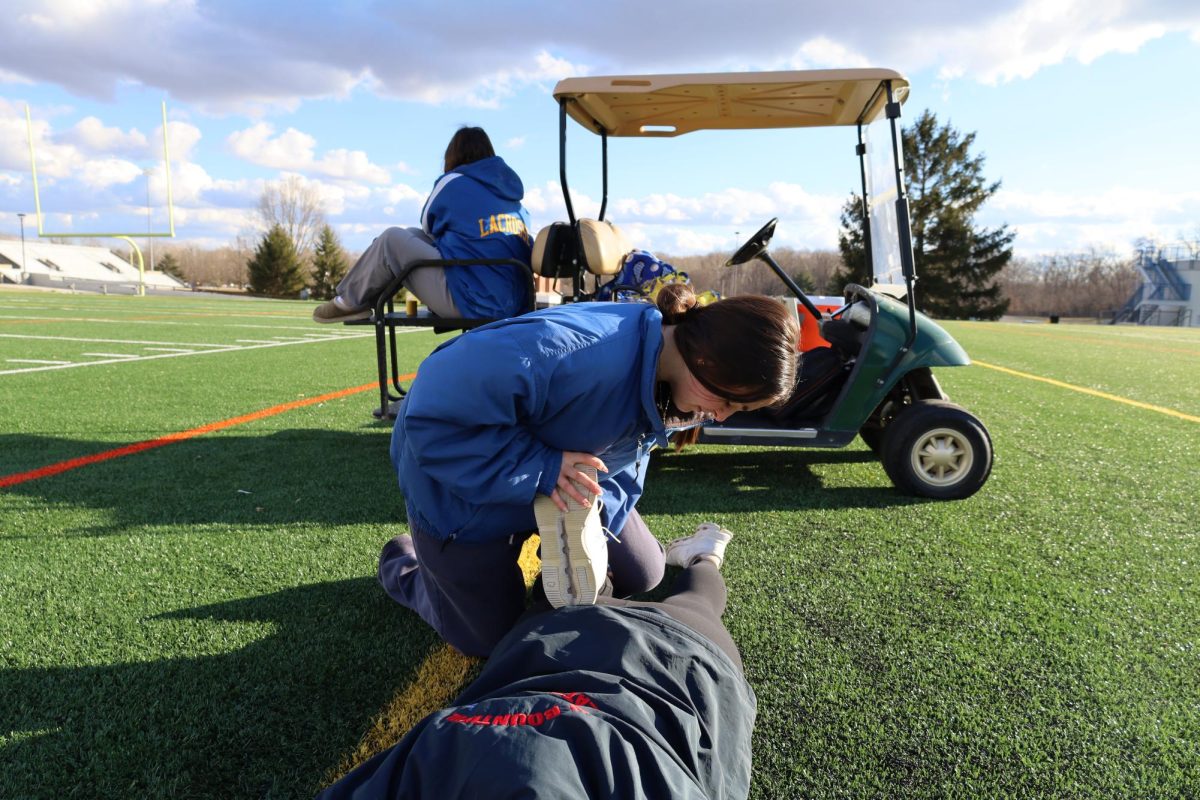


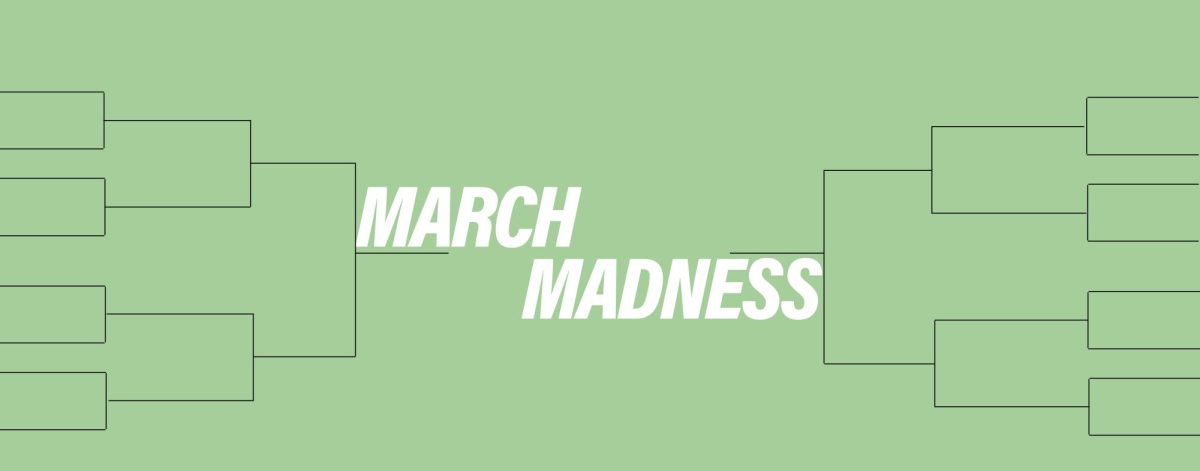




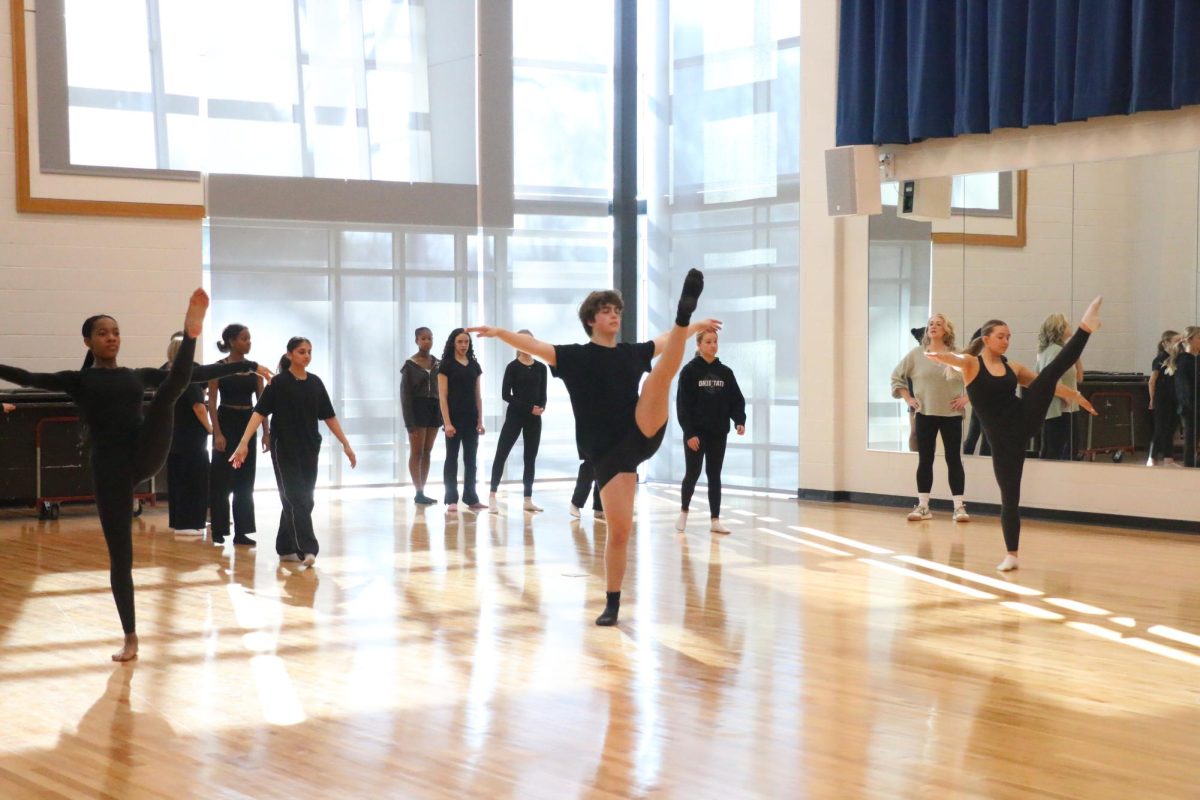


![AI in films like "The Brutalist" is convenient, but shouldn’t take priority [opinion]](https://hilite.org/wp-content/uploads/2025/02/catherine-cover-1200x471.jpg)


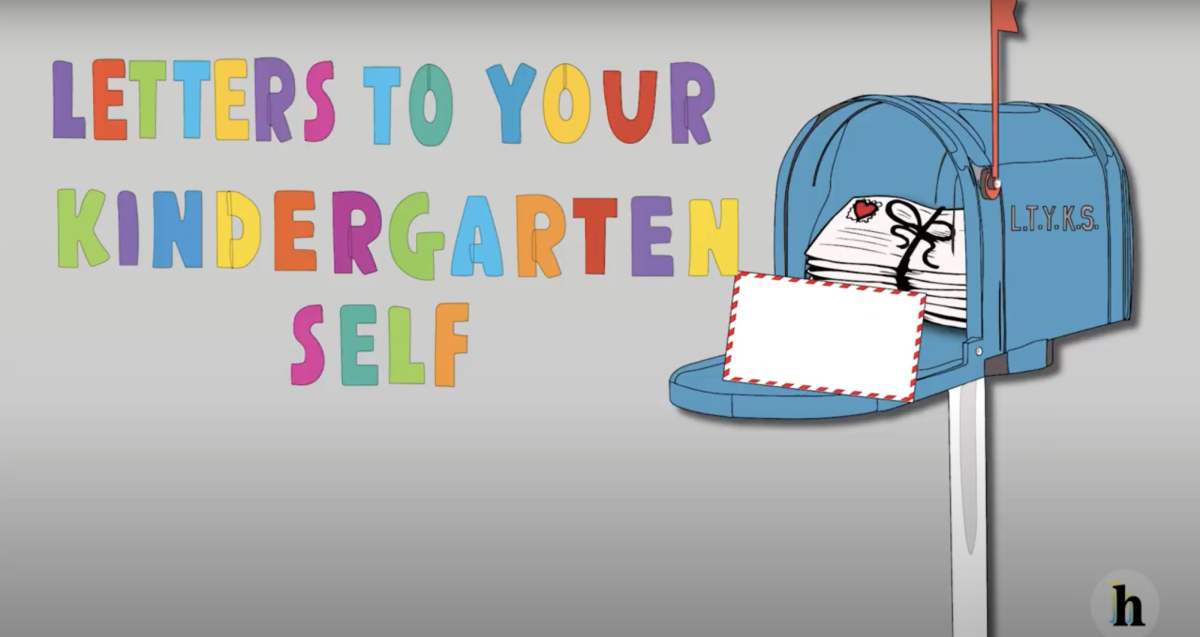

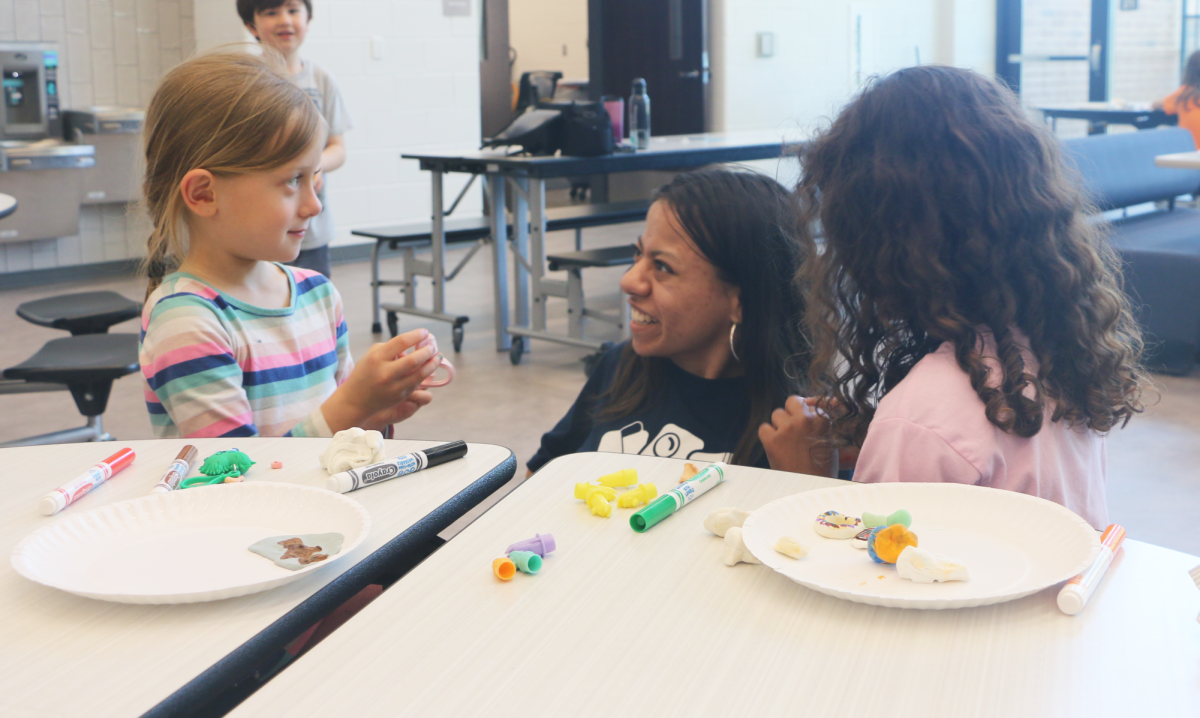




































![Review: “The Immortal Soul Salvage Yard:” A criminally underrated poetry collection [MUSE]](https://hilite.org/wp-content/uploads/2025/03/71cju6TvqmL._AC_UF10001000_QL80_.jpg)
![Review: "Dog Man" is Unapologetically Chaotic [MUSE]](https://hilite.org/wp-content/uploads/2025/03/dogman-1200x700.jpg)
![Review: "Ne Zha 2": The WeChat family reunion I didn’t know I needed [MUSE]](https://hilite.org/wp-content/uploads/2025/03/unnamed-4.png)
![Review in Print: Maripaz Villar brings a delightfully unique style to the world of WEBTOON [MUSE]](https://hilite.org/wp-content/uploads/2023/12/maripazcover-1200x960.jpg)
![Review: “The Sword of Kaigen” is a masterpiece [MUSE]](https://hilite.org/wp-content/uploads/2023/11/Screenshot-2023-11-26-201051.png)
![Review: Gateron Oil Kings, great linear switches, okay price [MUSE]](https://hilite.org/wp-content/uploads/2023/11/Screenshot-2023-11-26-200553.png)
![Review: “A Haunting in Venice” is a significant improvement from other Agatha Christie adaptations [MUSE]](https://hilite.org/wp-content/uploads/2023/11/e7ee2938a6d422669771bce6d8088521.jpg)
![Review: A Thanksgiving story from elementary school, still just as interesting [MUSE]](https://hilite.org/wp-content/uploads/2023/11/Screenshot-2023-11-26-195514-987x1200.png)
![Review: "When I Fly Towards You", cute, uplifting youth drama [MUSE]](https://hilite.org/wp-content/uploads/2023/09/When-I-Fly-Towards-You-Chinese-drama.png)
![Postcards from Muse: Hawaii Travel Diary [MUSE]](https://hilite.org/wp-content/uploads/2023/09/My-project-1-1200x1200.jpg)
![Review: "Ladybug & Cat Noir: The Movie," departure from original show [MUSE]](https://hilite.org/wp-content/uploads/2023/09/Ladybug__Cat_Noir_-_The_Movie_poster.jpg)
![Review in Print: "Hidden Love" is the cute, uplifting drama everyone needs [MUSE]](https://hilite.org/wp-content/uploads/2023/09/hiddenlovecover-e1693597208225-1030x1200.png)
![Review in Print: "Heartstopper" is the heartwarming queer romance we all need [MUSE]](https://hilite.org/wp-content/uploads/2023/08/museheartstoppercover-1200x654.png)



